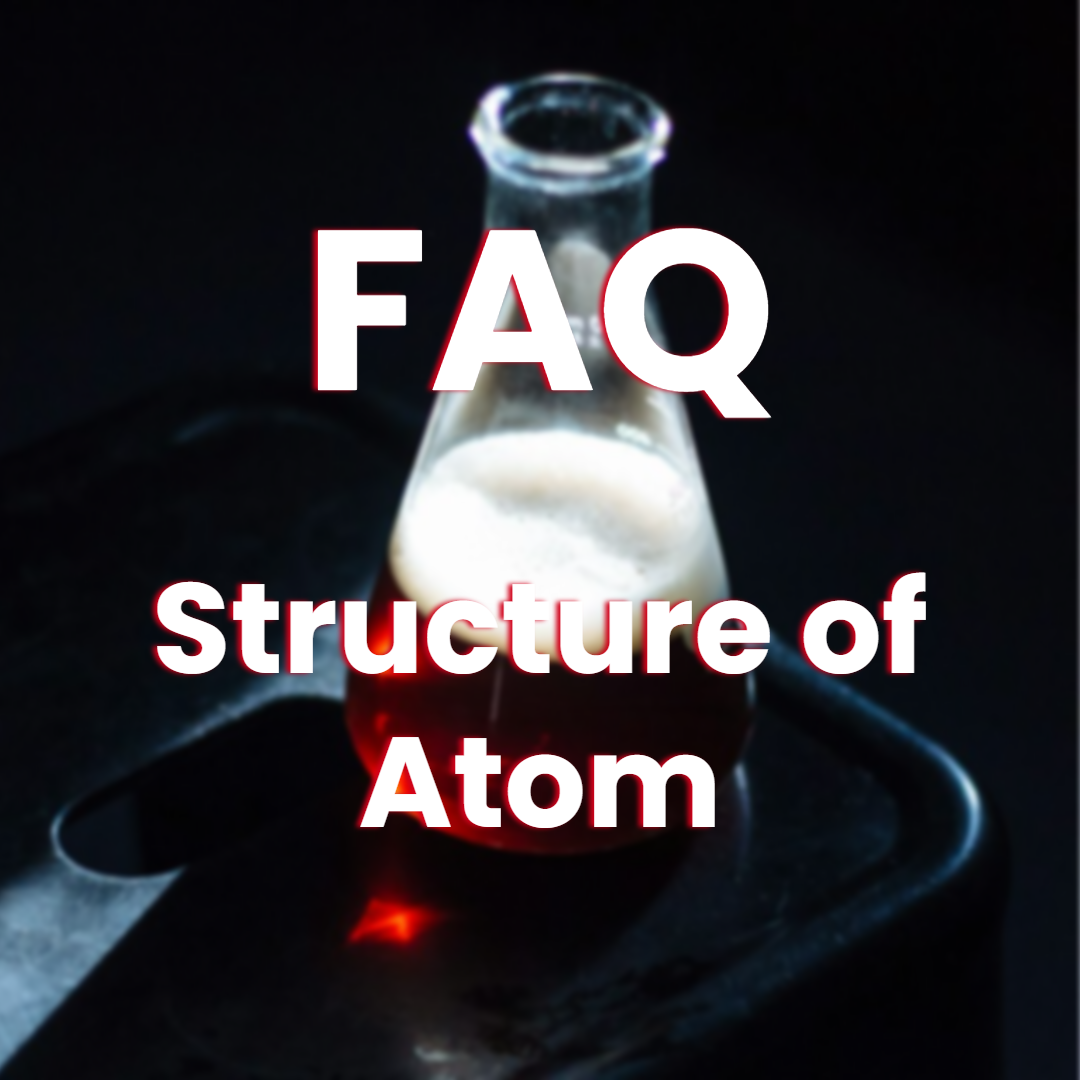Protonation stands as one of the fundamental processes in organic chemistry, serving as a cornerstone for understanding numerous chemical reactions and mechanisms. In this comprehensive exploration, we delve into the intricate world of protonation, unraveling its significance, mechanisms, and wide-ranging applications in organic chemistry.
Definition and General Properties
Protonation is the addition of a proton to a molecule or ion, creating a new species with a net positive charge. The addition of a proton introduces structural changes and can significantly influence the chemical and physical properties of the species. The protonated form of a compound is typically denoted with the suffix “-ium,” indicating the presence of an extra proton. For example, the protonated form of water is referred to as hydronium (H3O+).
One of the distinguishing features of protonation is the establishment of acid/base pairs. An acid is a substance that donates a proton, while a base accepts a proton. Therefore, protonation is commonly associated with acid-base reactions, where a proton is transferred from an acid to a base. The outcome of these reactions is the formation of a protonated species, along with its corresponding conjugate base.
Protonation Mechanisms
The mechanisms of protonation can vary depending on the nature of the species involved. However, there are two fundamental methods by which protonation occurs: direct and indirect protonation.
Direct Protonation: This mechanism involves the direct addition of a proton to a site on a molecule or ion. Often, this occurs in the presence of an acidic medium. For instance, when a strong acid, such as hydrochloric acid (HCl), is added to water, a proton from the acid binds to a water molecule, resulting in the formation of hydronium: H2O + HCl → H3O+ + Cl-.
Indirect Protonation: In this mechanism, the proton is transferred via a hydrogen bond network. This usually happens between a protic solvent and a solute. A protic solvent is one that contains a labile hydrogen atom capable of forming hydrogen bonds. For instance, in the reaction of ammonia (NH3) with water, ammonia acts as the base and accepts a proton from the hydronium ion in a stepwise manner: NH3 + H3O+ → NH4+ + H2O.
Applications in Organic Chemistry
Protonation plays a pivotal role in organic chemistry, particularly in reactions involving weak nucleophiles and acids. The addition of a proton can activate or deactivate certain functional groups, affecting the reactivity and stability of the resulting species. Protonation is commonly employed in organic synthesis to increase the electrophilicity of carbonyl compounds, allowing for further reactions to take place. It also facilitates the formation of important intermediates in various synthetic pathways.
- Acid-Catalyzed Reactions: Protonation serves as a crucial step in numerous acid-catalyzed reactions, such as hydration of alkenes, hydrolysis of esters, and formation of carbocations in electrophilic aromatic substitution. In these reactions, the protonation of functional groups initiates subsequent chemical transformations, leading to the formation of new bonds and functional groups.
- Activation of Functional Groups: Protonation can activate certain functional groups, rendering them more reactive towards nucleophilic or electrophilic attack. For example, protonation of carbonyl groups in aldehydes and ketones enhances their electrophilicity, facilitating nucleophilic addition reactions. Similarly, protonation of nitrogen atoms in amines increases their reactivity towards electrophiles.
- Acid-Base Equilibria: Protonation reactions play a key role in maintaining acid-base equilibria in organic systems. By protonating or deprotonating functional groups, these reactions help regulate the pH of solutions and stabilize reactive intermediates. Understanding the protonation equilibria of organic molecules is essential for controlling reaction selectivity and optimizing reaction conditions.
- Biochemical Significance: Protonation is not limited to organic chemistry; it also holds great significance in biochemical systems. In biological environments, such as within cells or the human body, pH regulation is essential for maintaining homeostasis. Protonation and deprotonation events within biomolecules are intrinsically linked to their functions. For example, in proteins, the protonation states of amino acid side chains can modulate the protein’s structure and stability, affecting enzymatic activity and substrate binding.
Notably, protonation plays a crucial role in the context of acid-base catalysis, a phenomenon where protons are transferred between reactants, facilitating chemical reactions. Acid-base catalysis is frequently observed in enzymatic reactions and is crucial for many biological processes. An understanding of protonation in biochemical systems is vital for deciphering the intricate web of interactions that occur within living organisms.
Conclusion
Protonation is a fundamental concept in acid-base chemistry, indispensable to our understanding of chemical reactions in numerous fields. By adding a proton to a molecule or ion, we can observe significant changes in their properties, leading to the formation of new species. This process is vital in organic synthesis, allowing for the creation of intermediates and altering the reactivity of functional groups. Additionally, in biochemistry, protonation events are essential for the proper functioning of biomolecules, regulating enzymatic activity and metabolic processes in living organisms. Through the comprehensive exploration of protonation, we gain valuable insights into the intricate nature of chemical reactions and their effects on the world around us.










